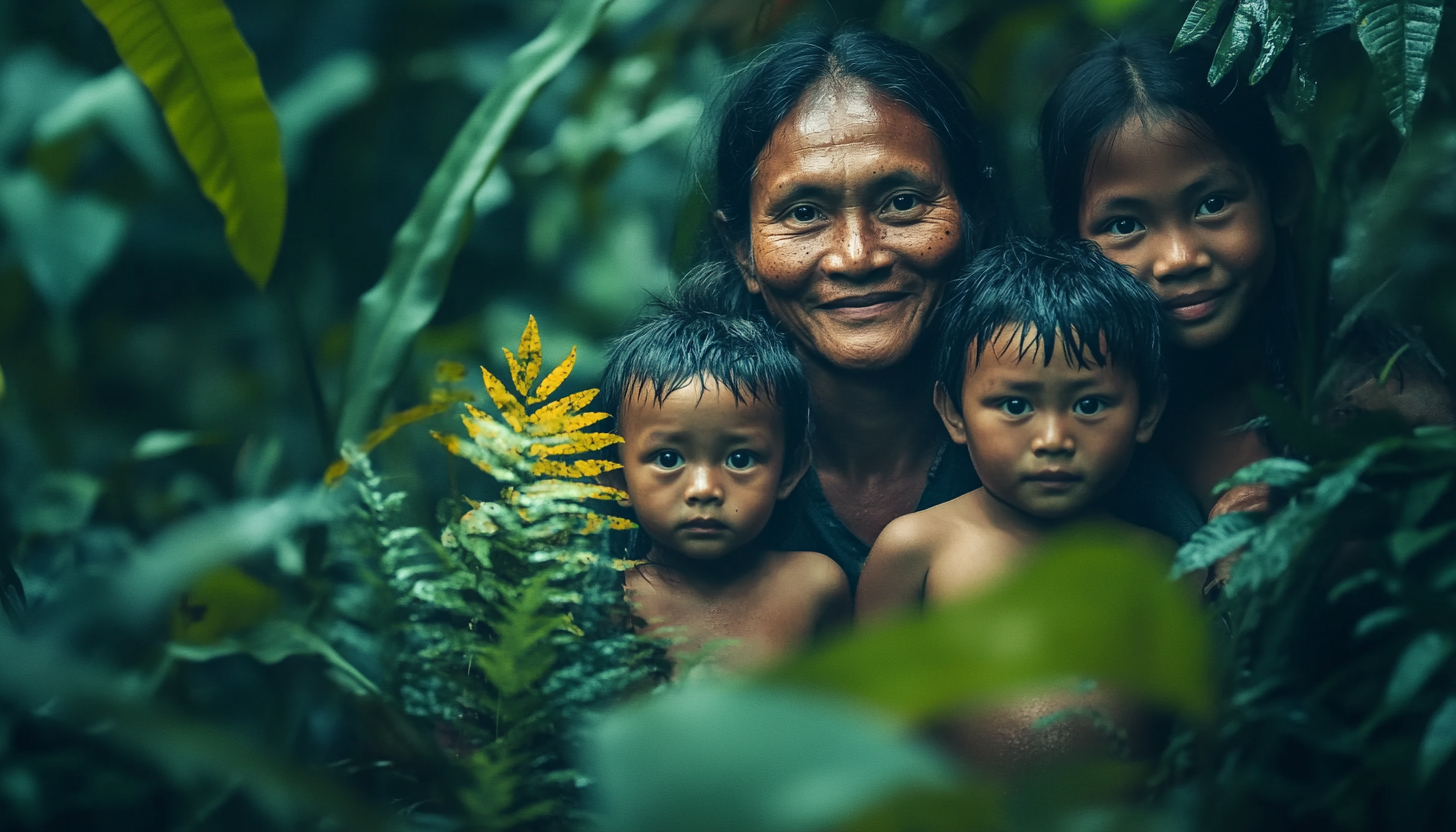Preserving a Culture Under Threat: The Mentawai People & ‘As World’s Divide’
Deep in the lush rainforests of the Mentawai Islands—an isolated archipelago off the western coast of Sumatra—an Indigenous community has safeguarded its cultural identity for generations. The Mentawai people have long lived in harmony with nature, relying on their ancestral knowledge to navigate life amid dense jungles and rich ecosystems. Yet today, amid waves of modernization, commercial interests, and outside influence, their way of life stands on precarious ground.
The short film As Worlds Divide shines a light on this delicate balance. It introduces viewers to a community whose cultural tapestry is woven from ancient traditions, animist spirituality, and an extraordinary connection to the natural world. Through powerful storytelling and intimate visuals, the film captures not only the richness of Mentawai traditions, but also the myriad pressures that threaten to unravel them.
A Fragile Cultural Landscape
The Mentawai people’s traditions are intimately tied to the forest and its wildlife. They live in Uma—long communal houses—and engage in subsistence farming, hunting, and gathering. Spiritual beliefs revolve around maintaining harmony with the environment, where every plant, animal, and spirit has a role to play.
However, as outside interests push deeper into the islands, these delicate relationships face destabilization. Commercial logging, rapid tourism development, and expansion projects loom large on the horizon. Such changes not only impact local livelihoods but can erode centuries-old customs and beliefs that are passed down through generations. The Mentawai language itself is at risk as younger generations encounter fewer opportunities to learn it at home and school systems emphasize Indonesia’s national language.
Insights from “As Worlds Divide”
As Worlds Divide, a short film by filmmaker Rob Henry, emerged after years spent living alongside the Mentawai. This immersive approach allowed Henry to witness the shifts taking place and to gain the trust of a people who have often been spoken about, rather than listened to. The film’s narrative moves beyond statistics and sound bites, showing audiences human faces and personal stories that underscore the urgency of cultural preservation.
Viewers watch as elders recall ancient stories, perform healing rituals, and teach the subtle art of living off the land. Contrasted with these moments are signs of external encroachment and internal conflict over what the future should hold. The film does not present easy solutions; instead, it encourages a dialogue about what it means to preserve a heritage in a rapidly changing world.
Why Their Plight Matters
The challenges the Mentawai face highlight a broader issue: the struggle of Indigenous communities worldwide to maintain their identities amid relentless globalization. When cultures like the Mentawai’s vanish, we lose irreplaceable knowledge about how to live sustainably. We lose unique languages, rituals, and philosophies that contribute to the rich tapestry of human civilization. We also lose vital ecosystems that have been protected for centuries through traditional ecological practices.
Moreover, the Mentawai story is a reminder that Indigenous peoples are not mere relics of the past. They are vibrant communities adapting to modern realities while striving to retain their cultural cores. Protecting their rights and supporting their efforts to define their own future ensures that cultural diversity—and thus, human resilience—continues to flourish.
Paths to Protection: What can be done?
- Community-Driven Initiatives: Support local-led efforts to document Mentawai language, oral histories, and customs. Encouraging cultural education programs within villages can help younger generations learn and cherish their heritage.
- Sustainable Tourism Models: Engage with responsible tourism operators who prioritize cultural sensitivity, limit environmental impact, and ensure that tourism revenue directly benefits the community.
- Legal and Policy Advocacy: Advocate for policies that secure land rights for the Mentawai people, acknowledging them as stewards of their ancestral territories. Promoting frameworks that recognize Indigenous sovereignty and cultural ownership is essential.
- Support Through Media and Awareness: Films like As Worlds Divide help draw global attention. By watching, sharing, and discussing the film, audiences can help build the momentum needed to encourage meaningful change.
A Collective Responsibility
The Mentawai’s plight is a call to action for governments, NGOs, travelers, and everyday individuals. Supporting their struggle for cultural survival should not be seen as charitable goodwill, but as a shared investment in the diversity and wisdom of humanity. Their traditions offer lessons about sustainable living, respect for nature, and the value of community—lessons that could guide a world facing environmental and social crises.
In the end, the Mentawai people are not asking to live in a museum. They seek a future where they can continue to evolve while remaining true to who they are. Through the eyes of As Worlds Divide, we recognize that cultural preservation is not about looking backwards—it’s about forging a path forward where the Mentawai can thrive on their own terms, inspiring others to protect what makes us all human: our identities, our connections, and our stories.
This underlines the primary mandate of the Mentawai Bay project as protectors and stewards of the Menatwai’s, its people and the delicate ecology of the Mentawai Archipelago. Join us as we undertake the collective effort of preserving one of the world’s great natural treasures, as a model of sustainability to the world of how preservation and progress can coexist more sustainably.
By Bayley Blake, Chief Marketing Officer of Mentawai One.

